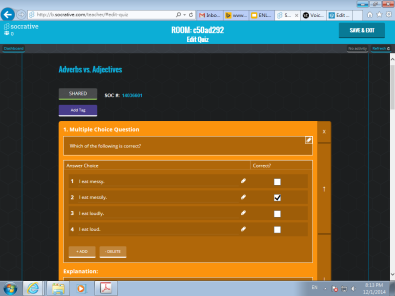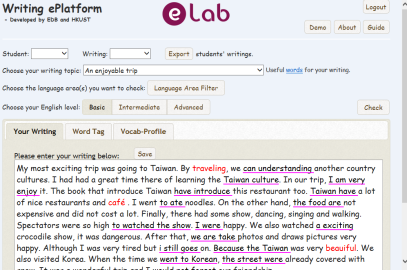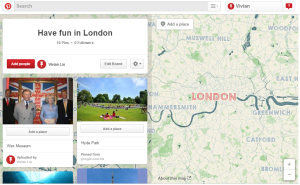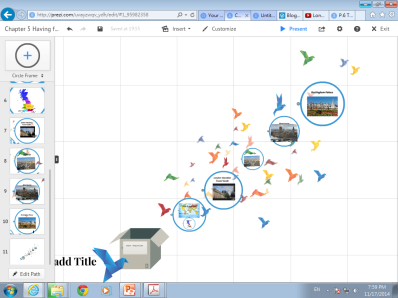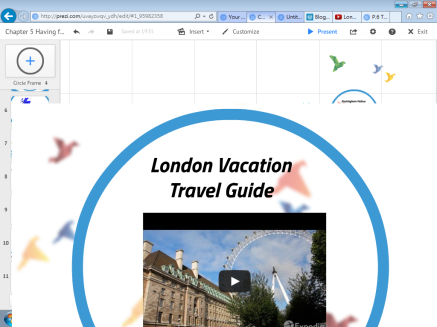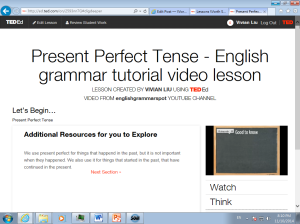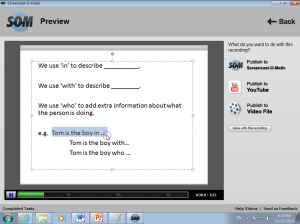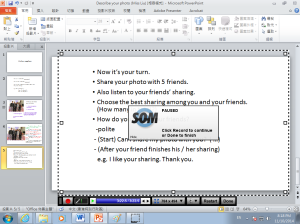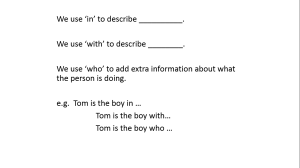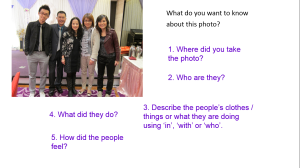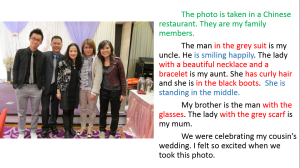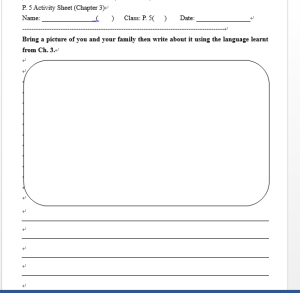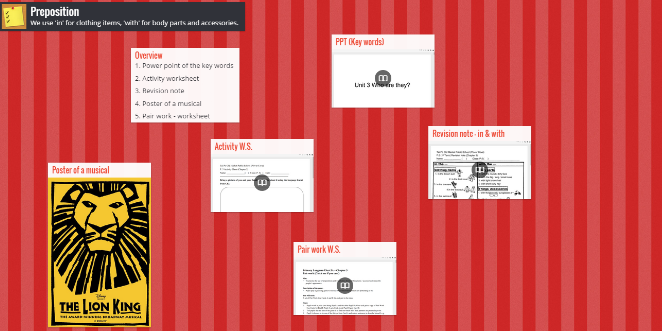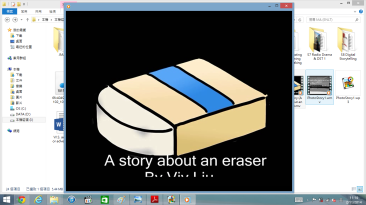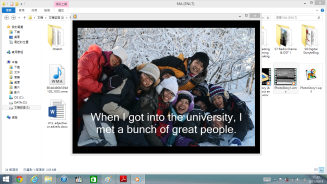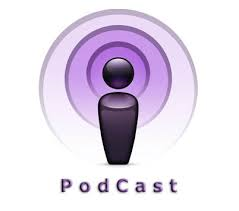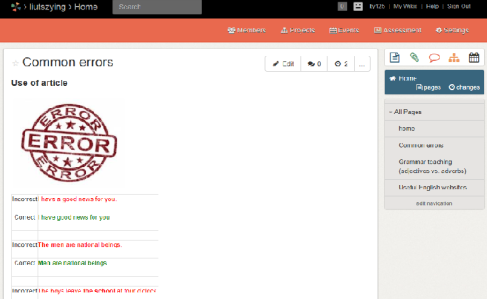Socrative Quiz: #14036601
I created a socrative quiz for my P.5 students to check if they can tell the difference between adjectives and adverbs.
The polls are about my students’ favourite subjects, the places they want to visit the most and the time they spend on reading English books every week.
Reflection:
Before taking this course, I expected it to be very challanging as I was not good at IT. As time went by, I found the the course was useful and technology could make the learning process more interactive and fun. Technology like Padlet, Socrative and Polldaddy enabled me to collect students’ ideas more effectively.
Students also enjoyed creating their digital stories by using Photostory 3. They were more motivated to involve in different tasks set by me such as HotPotatos tasks even though they were weak in English.
Preparing teaching materials with technology could be fun but time-consuming, I hope I will continue to use technoloy to facilitate my teaching and my students will find my lessons more interesting.

